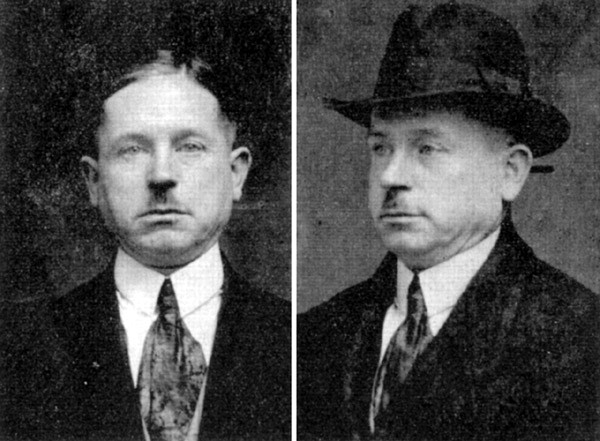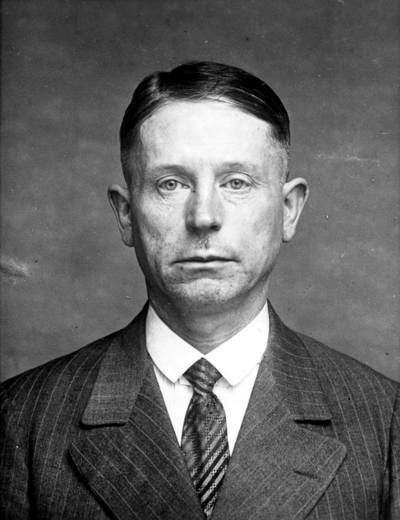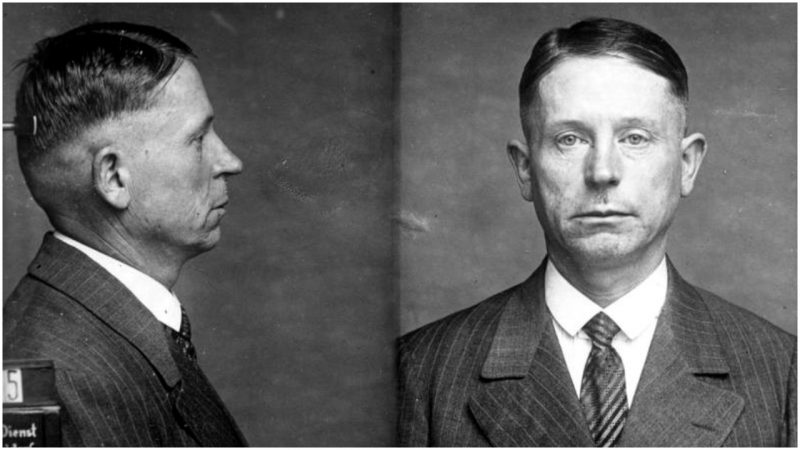Serial killers have always held a particular status in the realm of criminology. By definition, these criminals are murderers who take the lives of three or more people over a specific course of time, sometimes taking breaks between victims. They don’t stop killing until they’re caught.
Researchers have made efforts to discover patterns in the crimes but individual motives are still murky, whether it’s childhood abuse or sociopathic personality. Regarded as perpetrators of repellent acts of extreme violence, serial killers have been the inspiration for numerous films, from tense police dramas to horror films. These types of criminals are often presented as monsters and freaks, as well as devils and even vampires. One such character is the German serial killer Peter Kürten, who was known as “the Vampire of Düsseldorf.”

Before he finally surrendered to the police in 1931, Kürten had murdered at least nine people. Kürten was born in 1883 in Cologne, Germany, to an impoverished family. During his childhood, Kürten, the eldest of the 13 siblings, was constantly exposed to scenes of sadistic violent abuse by his alcoholic father who beat the children and often raped his wife in front of them. Kürten’s subjection to sexual violence had a terrible effect on him. At the age of only 9 he killed two friends from school–one was pushed overboard and the other was drowned by Kürten during his attempt to rescue his friend. He later spent time with a friend from his building who introduced him to bestial acts performed on dogs. Kürten later assaulted and killed many animals. He was a thief who committed fraud as well as a violent teenager. He spent several years in prison, which highlighted his sadistic tendencies.
According to sources, his first documented murder took place in 1913 in Cologne. It began with a burglary followed by the sexual assault and stabbing of 10-year-old Christine Klein while her parents worked in a pub under her room. His crimes abated due to his military service in World War I–and a subsequent prison sentence for desertion. When he left prison in 1921, he moved to Altenburg, where he married a former prostitute and for several years he lived a common life of worker and husband. In 1925 he returned to Dusseldorf and commenced his horrific series of crimes.
In the course of a few months, Kürten murdered one person after another. At the beginning of February, he assaulted a woman and murdered a young girl. Two weeks later he murdered a mechanic by stabbing him 20 times. After a short pause he attacked in August, and stabbed three people in separate circumstances. Two days later, he killed two young sisters and stabbed one woman the next day. The following month he raped and killed a servant girl in woods on the outskirts of Dusseldorf. He attacked two more women soon after, and in November he committed his last and inexplicably cruel murder of a five-year-old girl, who was stabbed 36 times with scissors. After he buried the body of the girl, Kürten sent a map to a local newspaper which revealed the location of the grave. He became known as the Vampire of Dusseldorf because he drank some of the blood of several of his victims.
So how did he succeeded in not getting caught after so many murders? Reportedly, the police were confused by the high number of killings and the different types of assaults, thinking that there were several killers involved. Some victims were stabbed, others strangled, still others bludgeoned with a hammer. There were thousands of suspects. Kürten was caught after he took a young woman to his home and then to the woods, where he raped her but didn’t kill her.

The woman reported his home location to the police, after which Kürten had tried to escape but eventually confessed to his wife and she reported him to the police, interested in collecting the award on him. He was arrested on May 24 the same year.
Related story from us: The story of Mercy Brown: New England’s last vampire
In April 1931, Kürten went on trial after confessing to 79 offenses. He was charged with nine murders and seven murder attempts, a fact that he accepted, blaming his crimes on the oppressive society in which he lived.
Kürten was executed by decapitation on July 1, 1931. A guillotine was used. The prison interviews of him conducted by Dr. Berg would form the first psychological study of a sexual serial killer. His book, Sadist, is considered an in-depth forensic report and analysis and was an introduction to the terrifying mind of a serial killer for the public.
